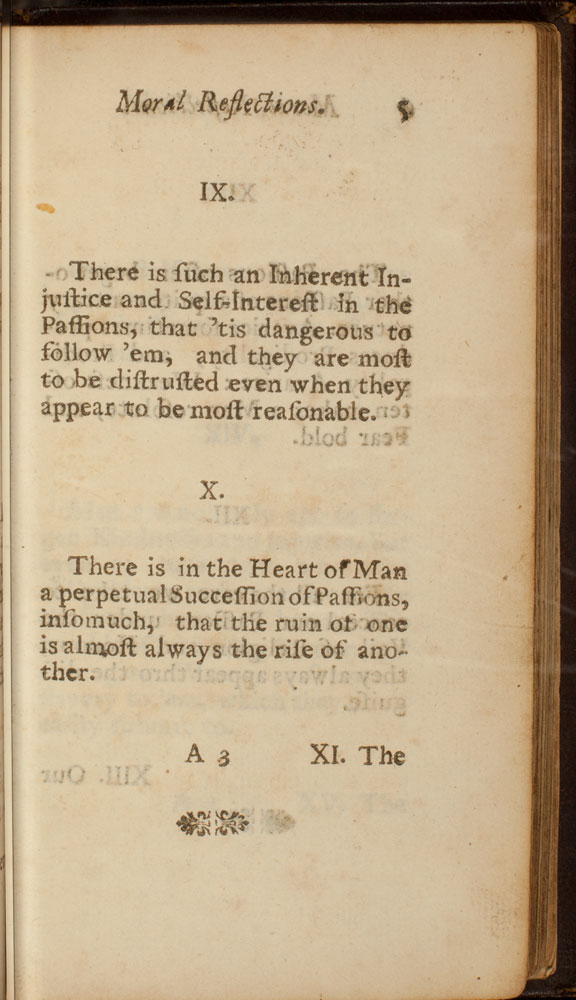Translating the King James Bible
Selden (1584-1654) was an English legal scholar and historian active during the reign of James I. Selden's secretary Richard Milward compiled many of his discourses, including this description of how the King James Bible translators arrived at their final text.
The translation project was overseen by Richard Bancroft, the Bishop of London. He recruited qualified scholars and established rules to guide the translation work. He also arranged ecclesiastical posts for the translators, since neither the King nor Parliament paid for the project. The translators were divided into six companies, and each company was assigned to work on a portion of the Biblical text. They were instructed to base their scholarship primarily on the Bishop's Bible, but were also to consider earlier translations, including Tyndale's. Marginal notes were allowed only when necessary to explain Hebrew or Greek terms. Above all, the translators' goal was to find the most accurate English words and phrases for the original text.
Little evidence exists today documenting the translators' efforts. The companies appear to have completed their work at different points between 1608 and 1610. The translations were then assembled for a final review and were read aloud to a small group of delegates for approval. The final text was given to Robert Barker, the King's printer (who held a royal patent granting him a monopoly on the printing of Bibles).
